Box jellyfish
Australia is a popular tourist attraction, commonly known for their beautiful beaches, but don’t be fooled by the facade. Australia is home to some of the most dangerous animals and poisonous insects on the planet.
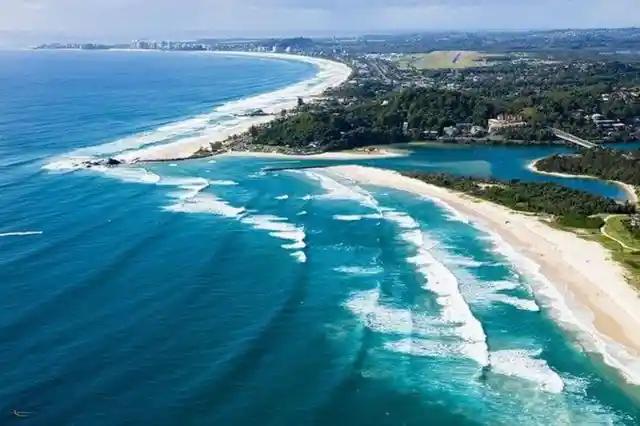
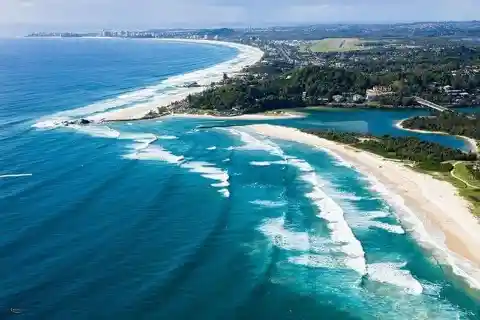
While it may not be enough to deter you from visiting or living there, you definitely should be aware of what you’re up against, whether it be a tiny spider or a great white shark.
Commonly found floating along the Great Barrier Reef, the sting of a box jellyfish can cause excruciating pain and sometimes fatalities.
This is what a box jellyfish sting looks like. Ouch!
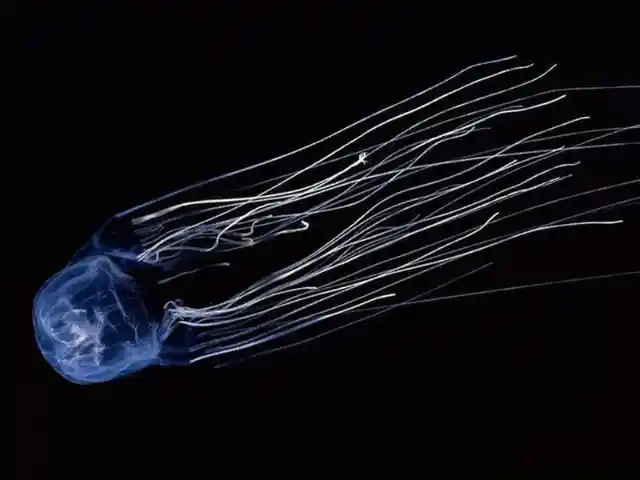
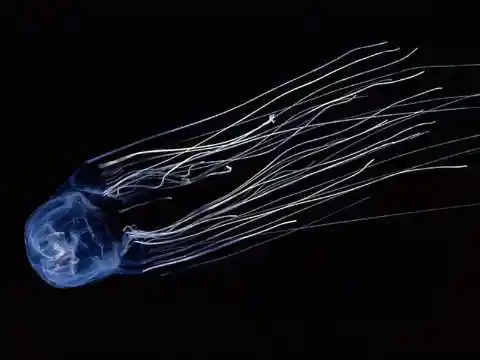
Each corner of the jellyfish has about 15 tentacles, each containing about 500,000 cnidocytes, which are explosive cells that inject venom into the victim.
Common symptoms of a box jellyfish sting include burning, prickling, and stinging pain. You will see the ‘print’, or tracks, of the tentacles like in the photo below. Then comes the throbbing pain.
Pythons


Sounds awful, right? That’s because it is. If the sting is really bad it’ll progress to nausea and vomiting, headaches, muscle and joint pain.
1. Pythons are this big. 2. Flying foxes (which pretty much look like the modern day pterodactyl) exist.
Pythons are strong!
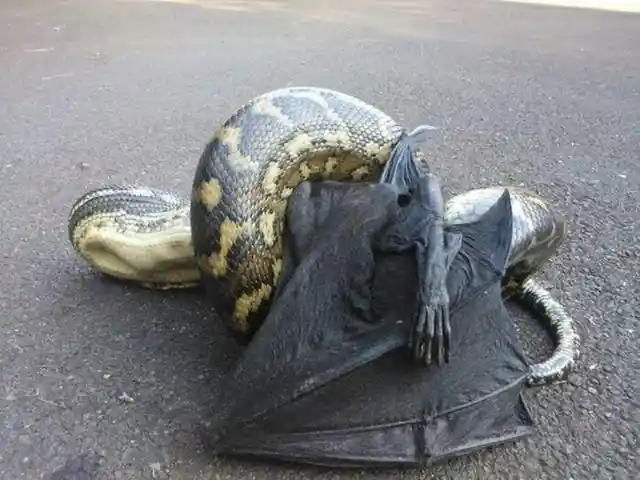
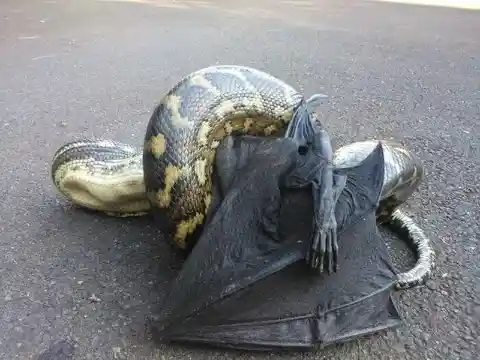
And 3. Pythons eat flying foxes. No thank you, Australia.
Pythons are strong enough to pull wallabies up out of the water.
Blue ring octopus
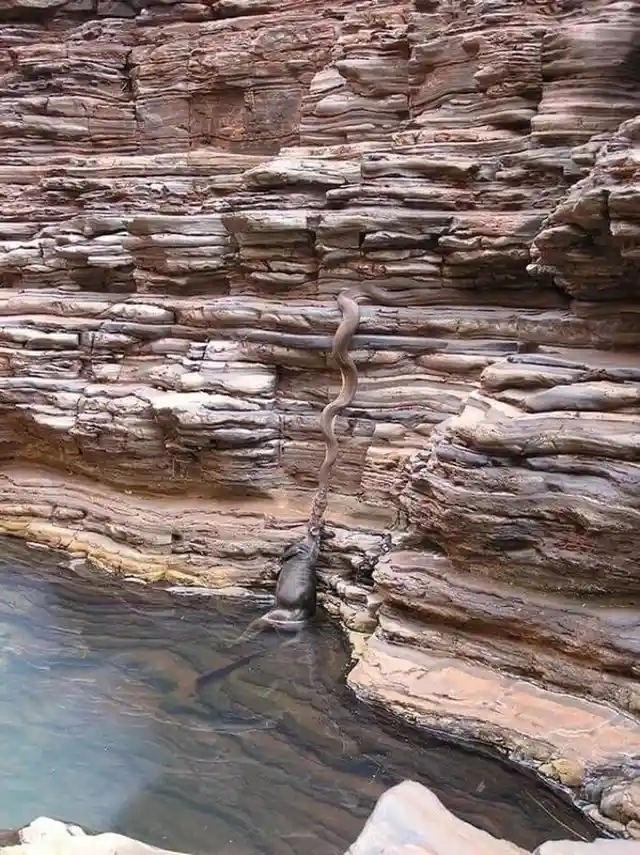
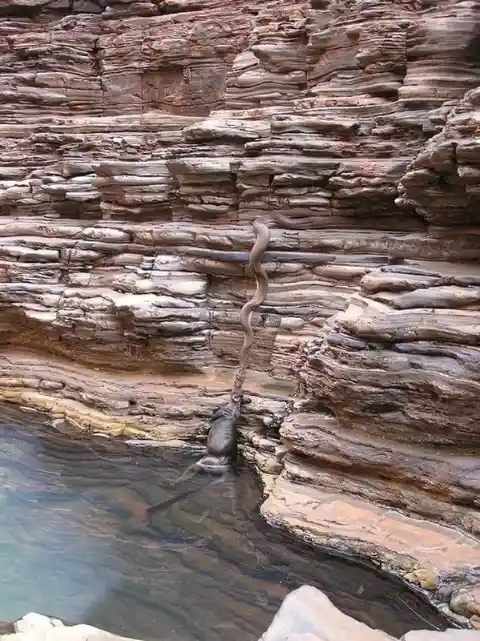
Wow.
Merely growing up to 5 to 8 inches, the blue ring octopus is one of the most venomous creatures in the ocean.
Always gotta watch your back
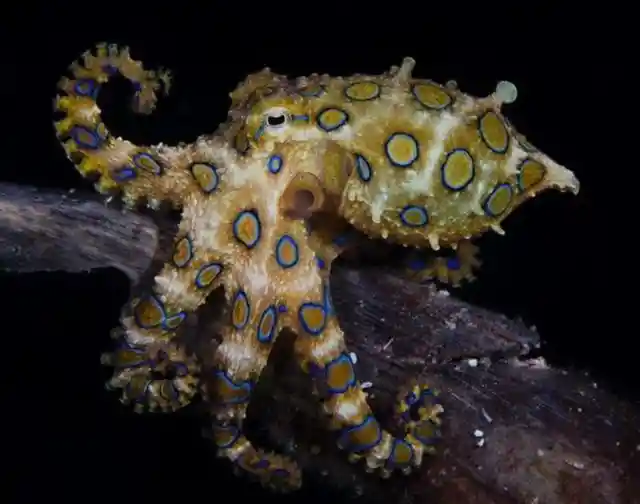
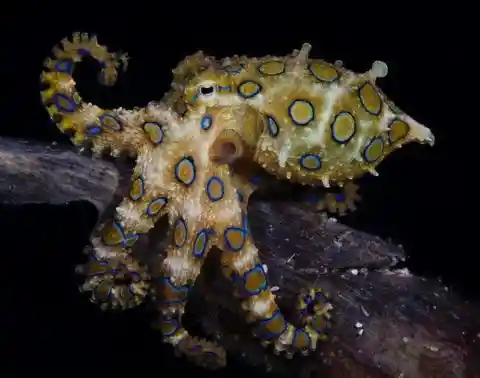
There is no antidote to its venom, which is powerful enough to kill humans.
Sometimes it’s not the little octopus you have to worry about…but the big one.
Stonefish
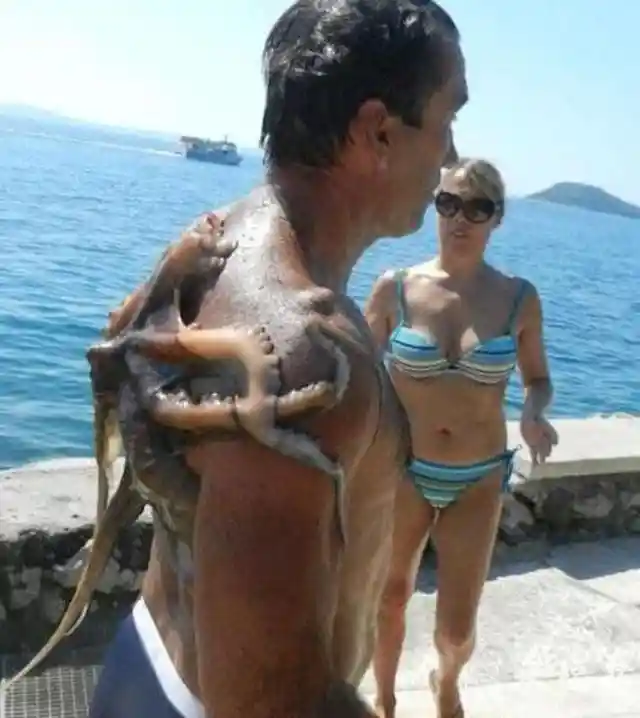
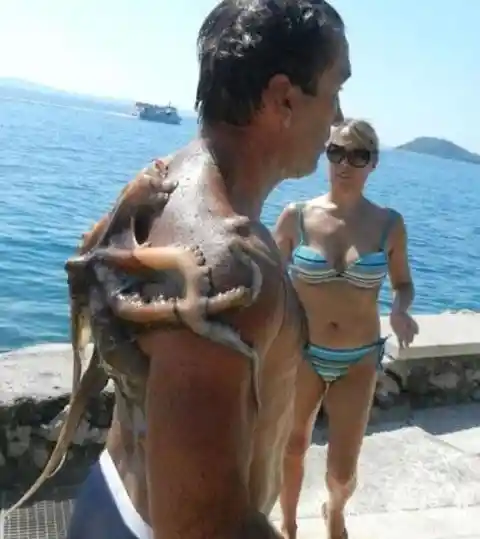
You know, the ones that attach to your back!
A stonefish can look like a rock or coral reef but it is one of the most venomous fish in the world.
Ummm, no thanks!
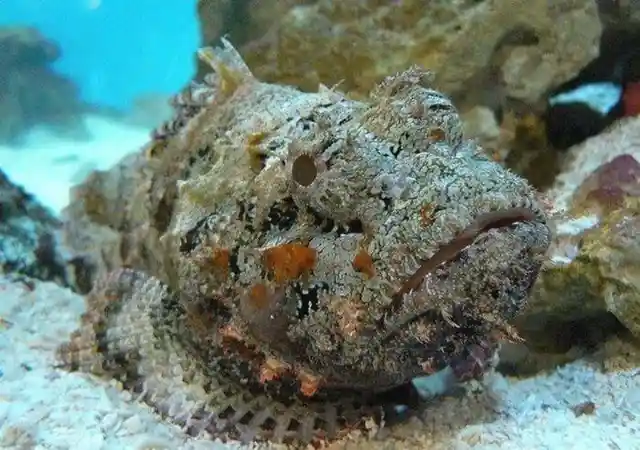
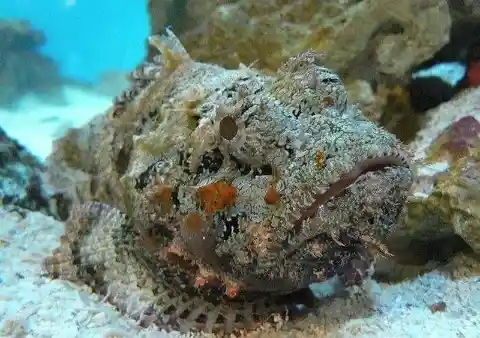
The spines on the dorsal fin inject toxic venom that cause immense pain and possible death.
Just get use to seeing sharks


This is what happens when you come in contact with a stonefish.
Australia is home to three of the most dangerous sharks in the world: the bull shark, the tiger shark and the great white. All are likely to attack humans.
You know this guy
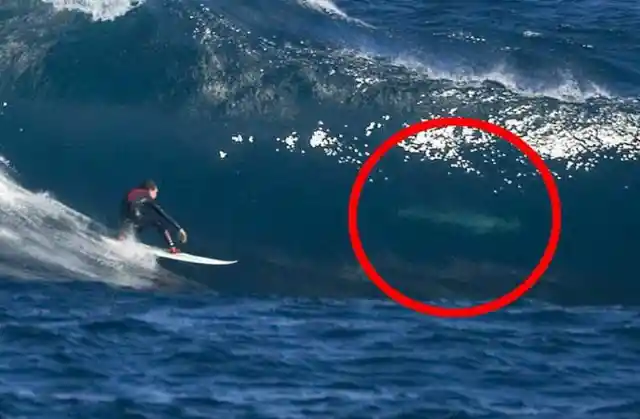
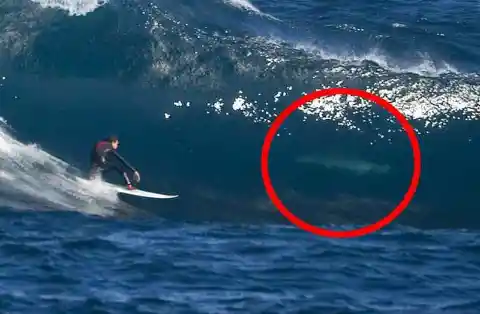
I sure hope that surfer made it out okay and didn’t get attacked by the great white swimming by him.
Tiger shark
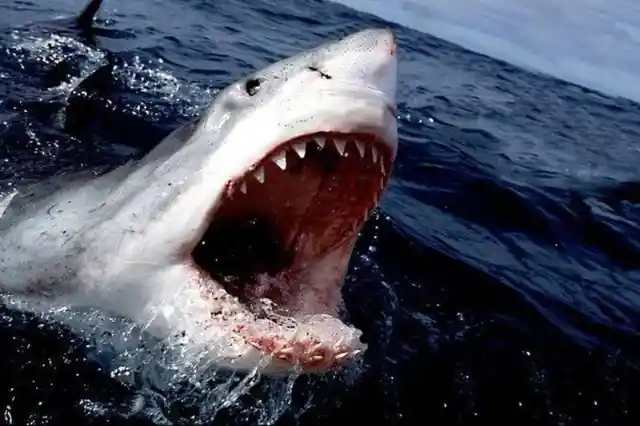
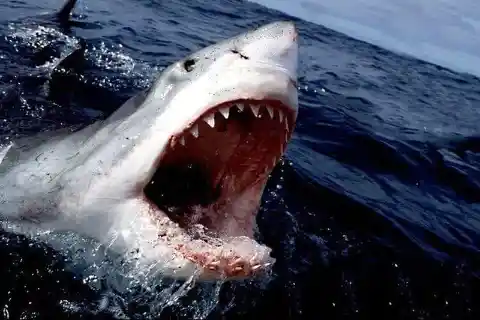
The great white shark can grow up to 21 feet and is responsible for the most reported unprovoked attacks on humans, even though humans are not their choice of prey.
The tiger shark falls second to the great white on attacks towards humans.
Bull sharks
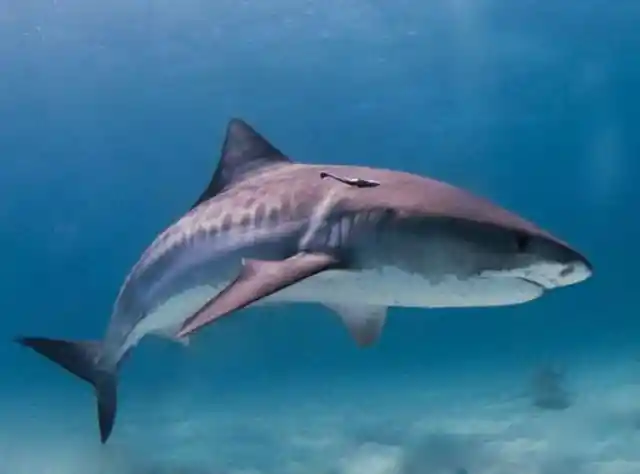
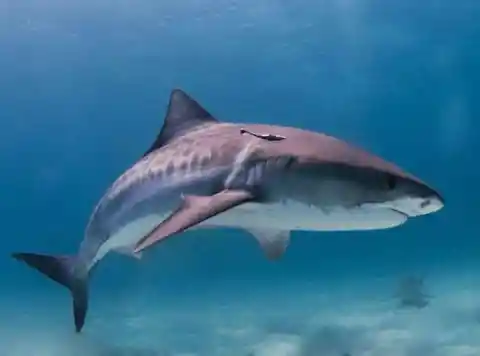
Though most attacks are not fatal, tiger sharks often dwell along shallow reefs, harbors, and canals, giving them many opportunities to encounter humans.
Tasmanian devils
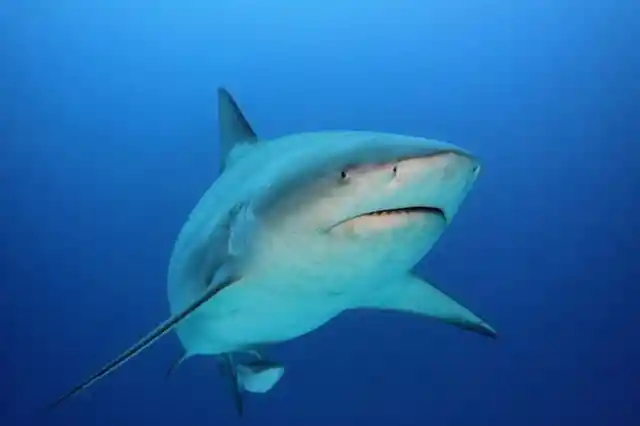
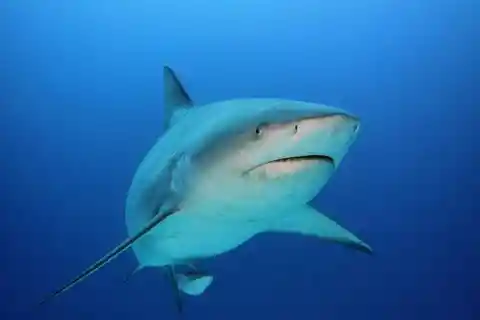
Bull sharks are extremely aggressive by nature and lurk in warm, shallow waters, giving them more interaction with humans than any other shark.
Tasmanian devils, found only on Australia’s island state of Tasmania, is considered the largest carnivorous marsupial in the world. Though they shake nervously or become still when faced with a human, they have been known to eat dead bodies of murder victims.
Coconut crabs
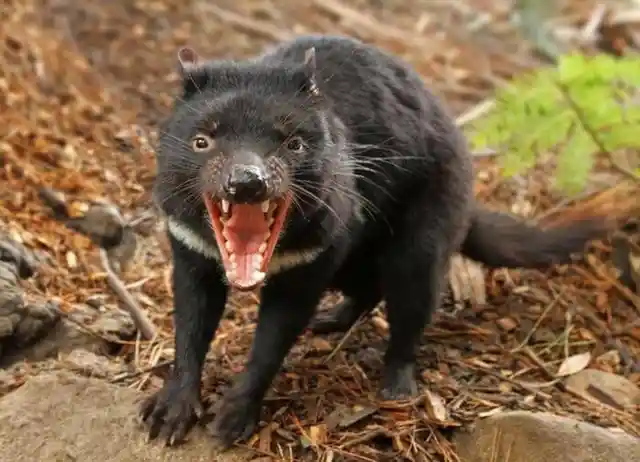
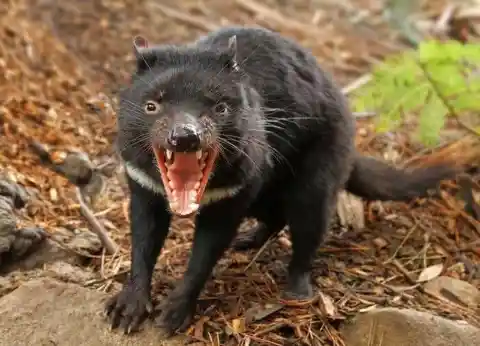
There are also myths of them eating humans that wander into the forest.
Marble cone snail
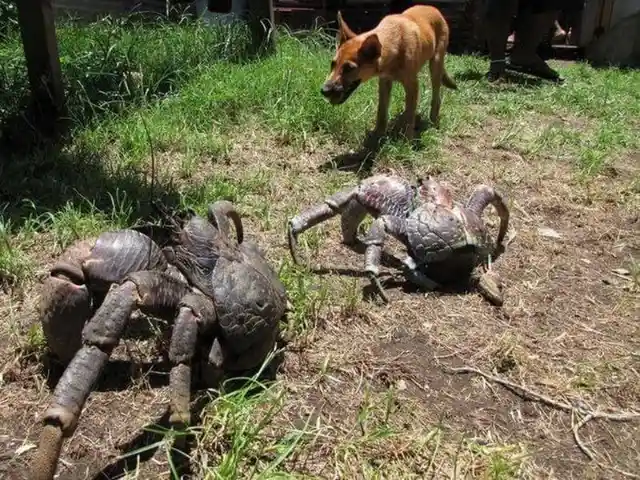
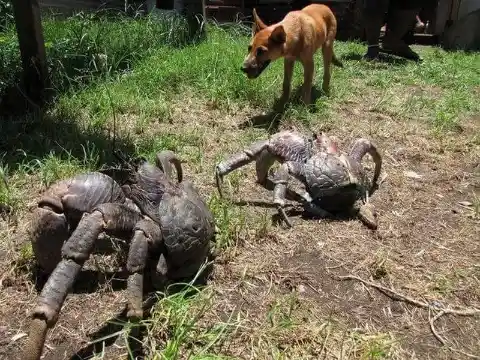
Being pinched by these alien-like creatures called coconut crabs cause excruciating pain, not because they’re poisonous,f but because they hold their grip for a long time.
Who knew that one of the most poisonous animals on earth would be a snail? But that’s right!
Crocodile
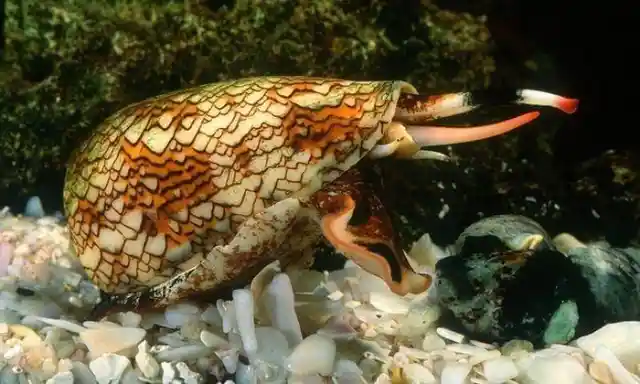
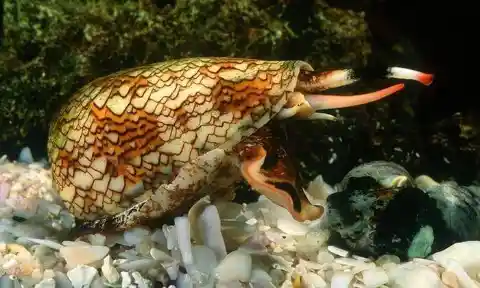
One drop of venom of a marble cone snail can kill 20 humans and there is no antidote.
The saltwater crocodile is the largest reptile in the world with males growing up to 22 feet.
Crocs on crocs on crocs!
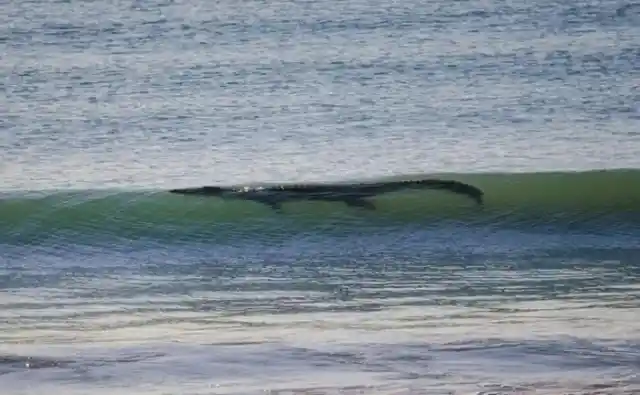
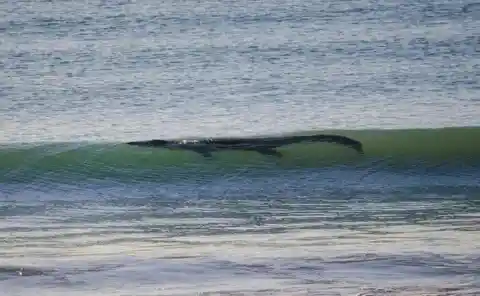
They are quick and strong and treat human as prey if in their territory.
Solder Beetles
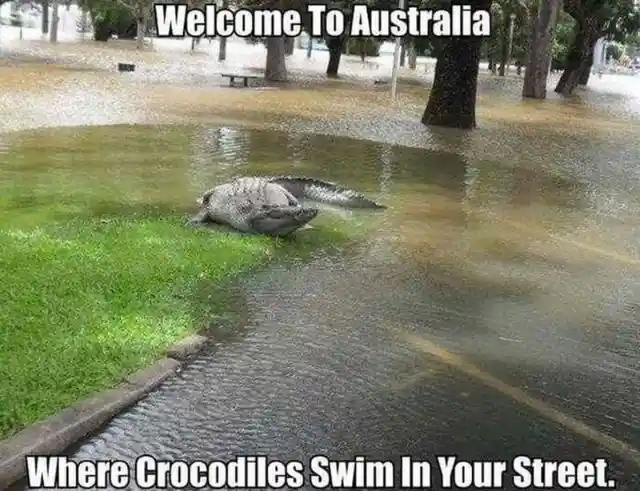
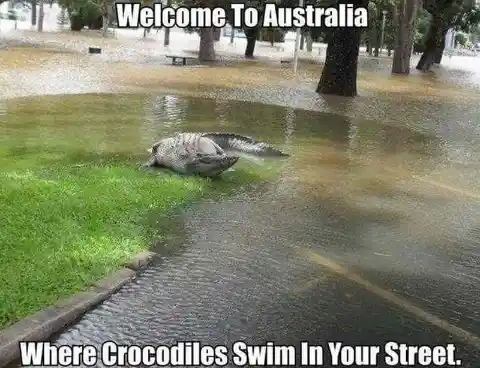
Saltwater crocodile even end up on the streets!
The world’s most poisonous spiders
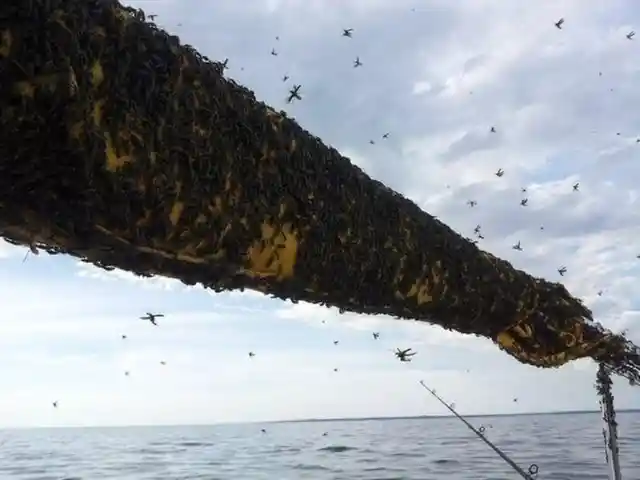
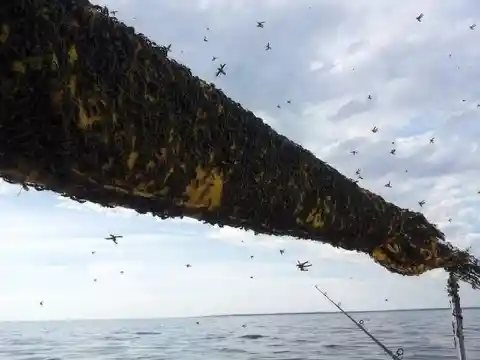
Australia is also home to a variety of insects, like this swarm of solder beetles.
The Sydney funnel web spider
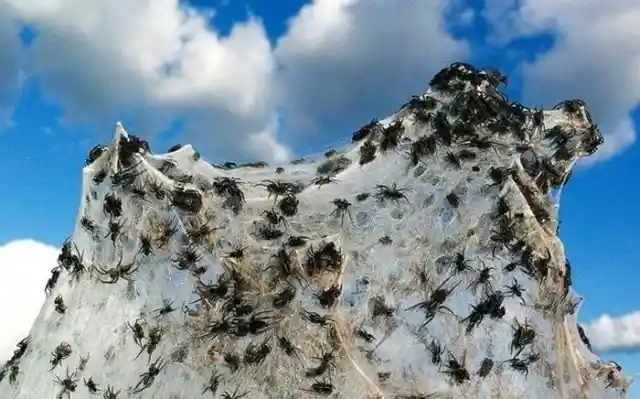
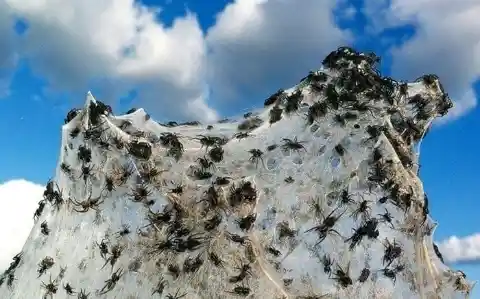
This is also where some of the world’s most poisonous spiders live.
The Sydney funnel web spider can grow up to 2 inches long and has venom that is toxic enough to cause serious injury and death if left untreated.
Redback spider
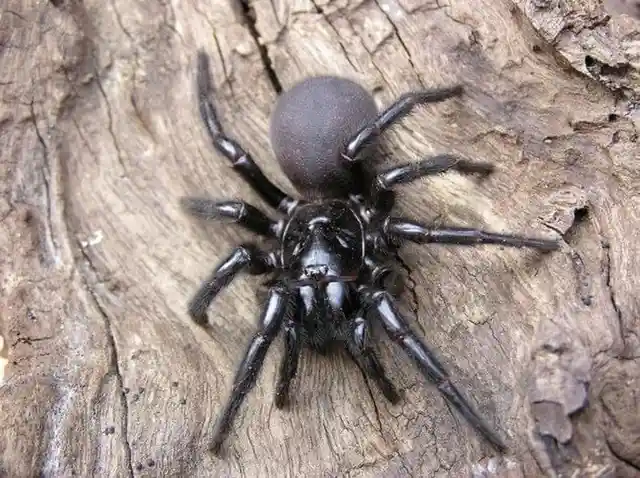
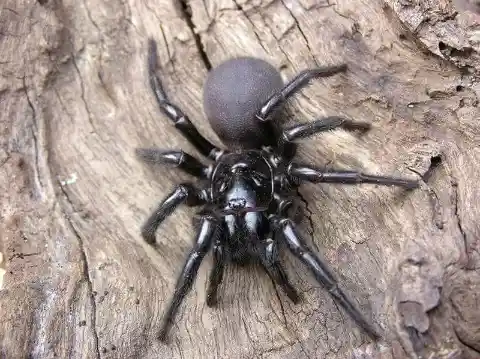
Their defensive behavior also causes them to strike multiple times when they bite.
The redback spider is responsible for the most incidences that require antivenom than any other venomous creature in Australia.
No one likes flies
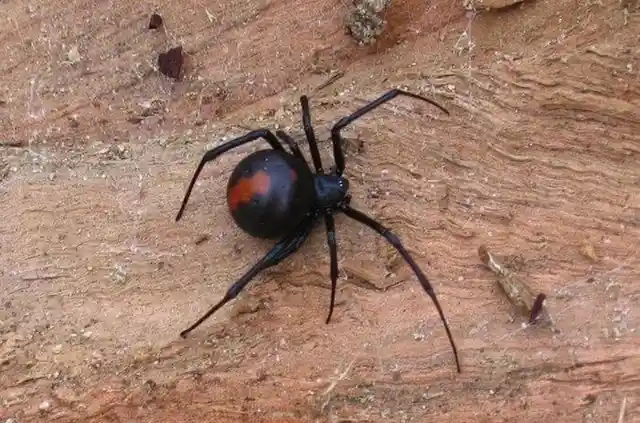
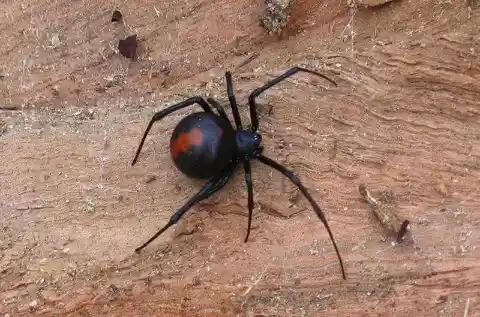
2,000 to 10,000 humans in Australia are bit every year by this spider.
Big nasty earthworms
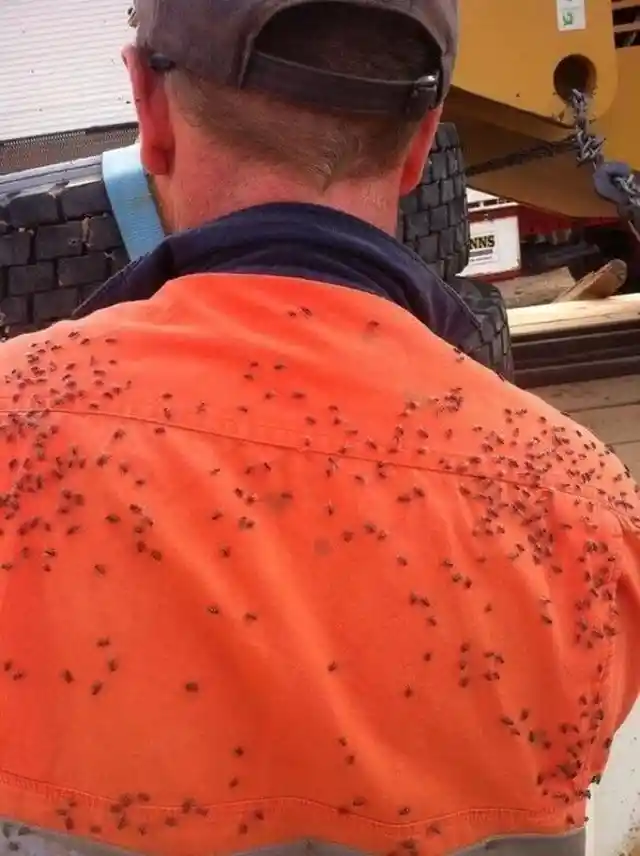
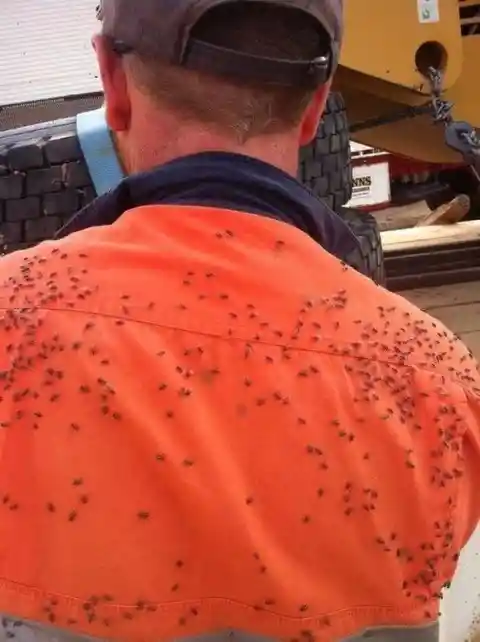
In Australia, you can also be swarmed with tons and tons of flies.
This is an earthworm. An earthworm!
Cassowary bird
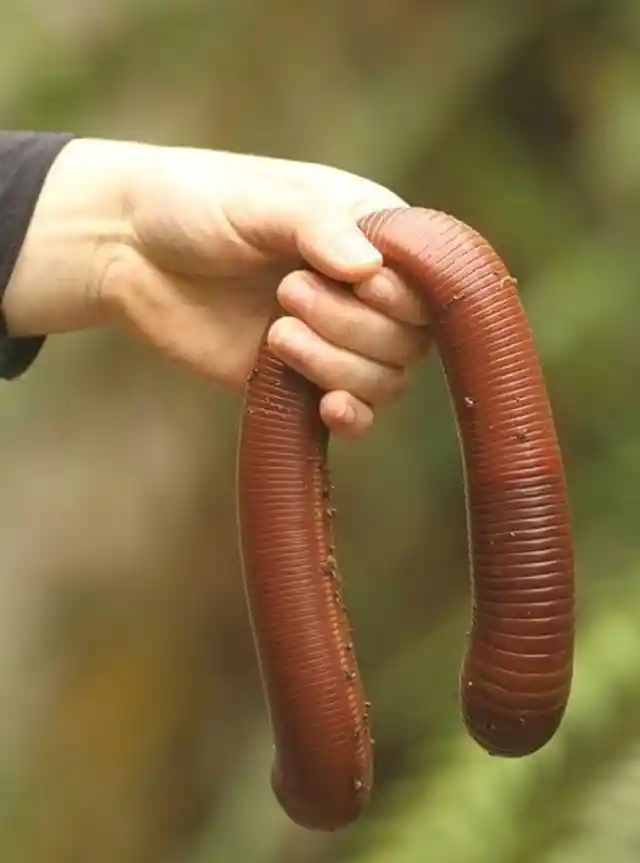
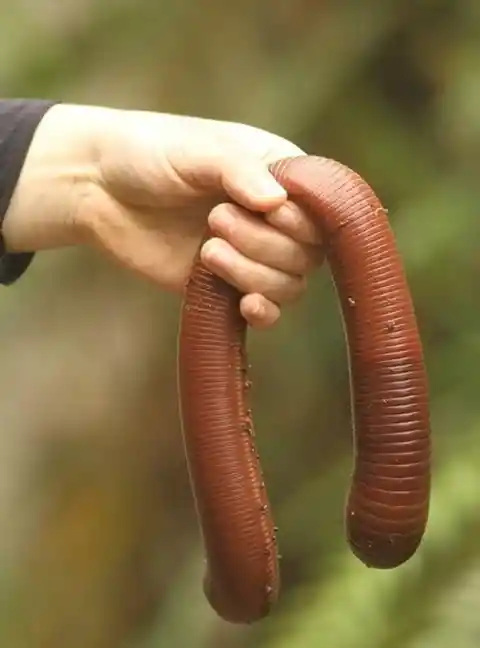
Sure, it’s not dangerous, but it’s giant!
A cassowary is a flightless bird that is slightly smaller than an ostrich whose feet have sharp, dagger-like claws.
Hail storms
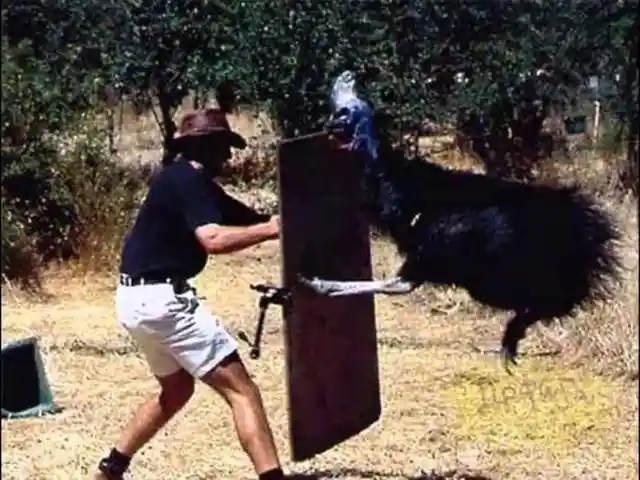
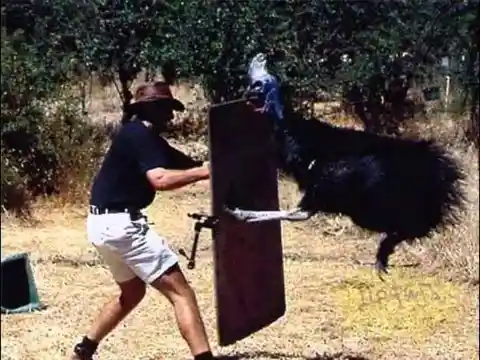
They’re dangerous because they have been known to kick humans and animals if provoked, which cause serious injury that can lead to death.
Massive centipedes
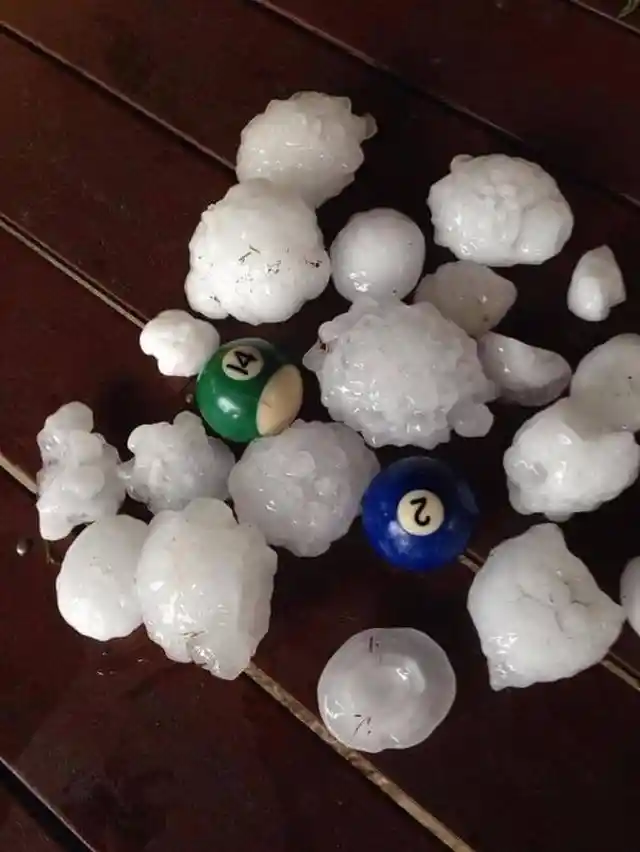
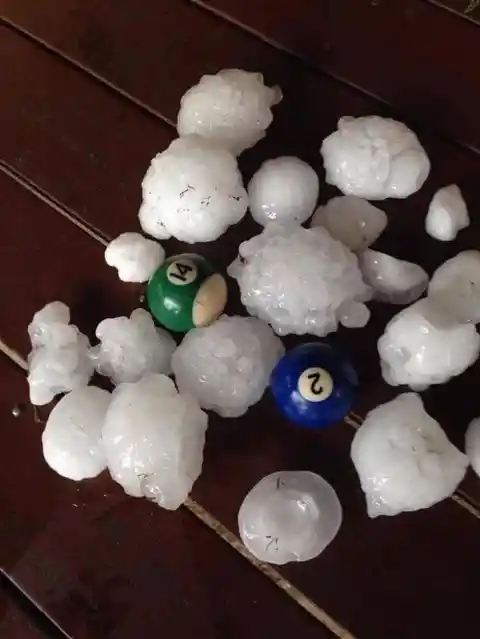
Okay, so this is not a dangerous animal, but I wouldn’t want to be stuck in a storm when hail bigger than pool balls are falling out of the sky.
Say hello to this super-sized centipede.
Weird fish
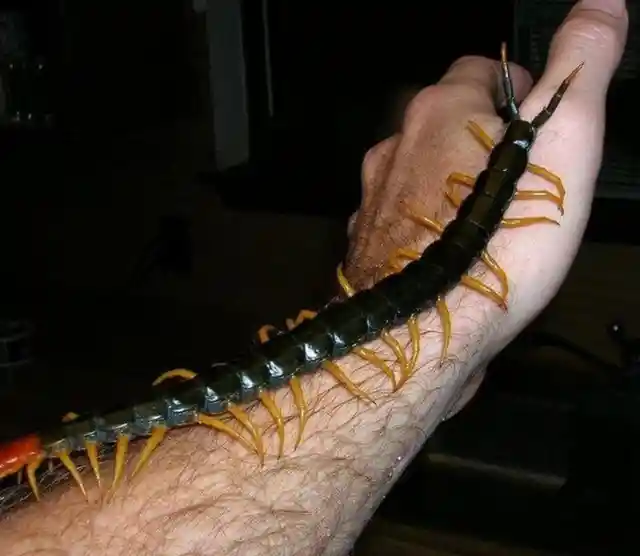
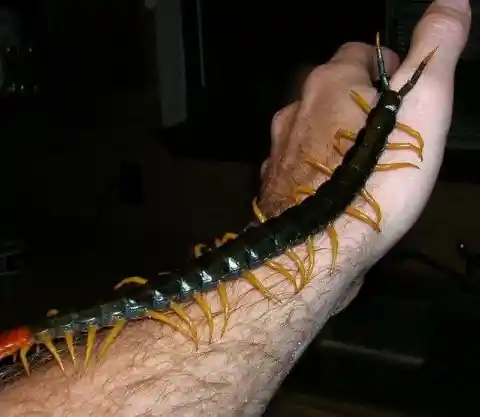
The arm is probably not a great location to allow it crawl atop.
Maratus jactatus
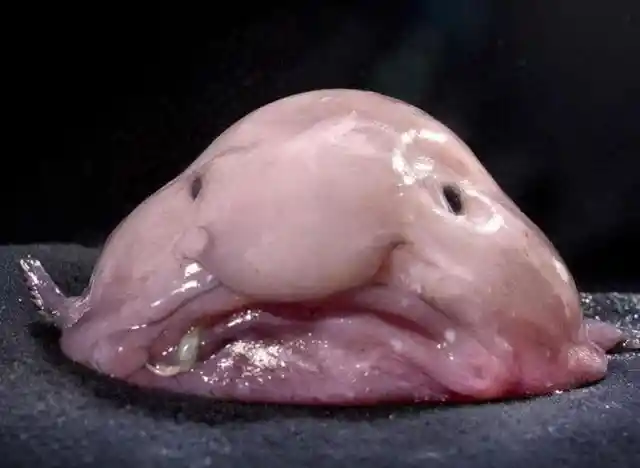
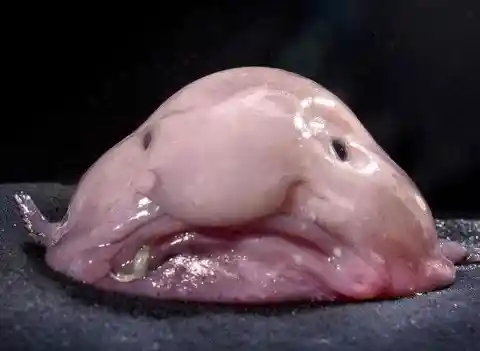
Found in the waters around Australia, New Zealand, and Tasmania, this odd looking fish is akin to Dilbert the cartoon character.
Say hello to this Maratus jactatus, known by locals as sparklemuffin. Maratus stands for ‘peacock spiders,’ which is an Aussie member of the jumping spider family.
Lizards
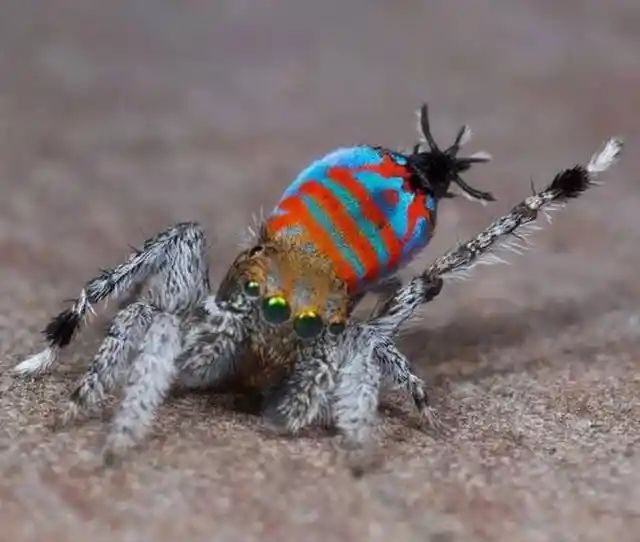
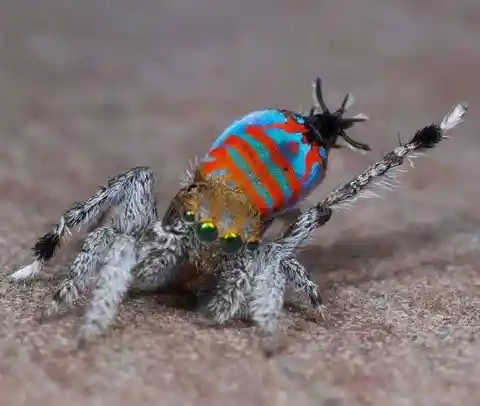
Yes, they can grab air, so beware.
Those incisors look like razor blades, so you don’t want it latching onto you.
Big slugs
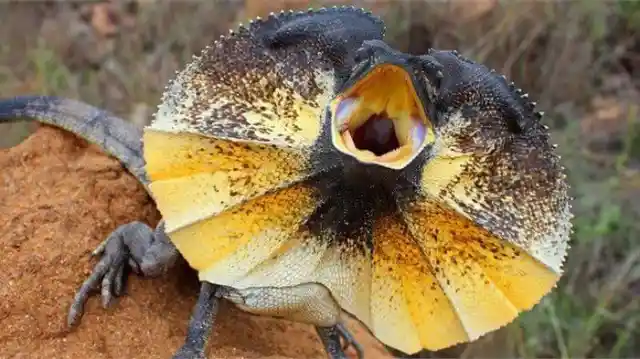

The frilled-neck lizard uses this colorful design to defeat its opponents in battles over mates.
The scientific name is the Triboniophorus graeffei. It is a species of giant air-breathing land slugs that resemble a red pepper.
Snakes are everywhere
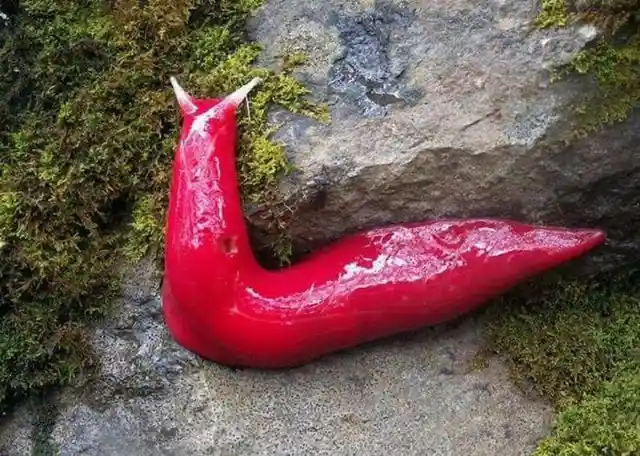
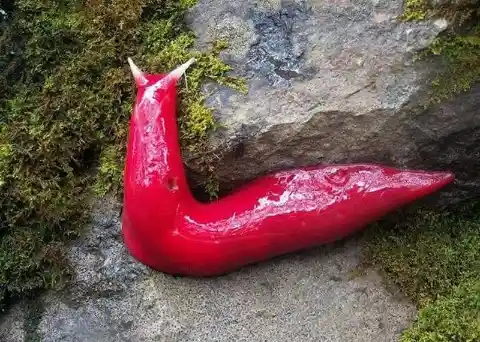
They are found atop Mount Kaputar, which is an active volcano about 300 miles northwest of Sydney.
When you literally witness snakes on a plane, you know you’re in Australia. This is a common sight at many airports down under as snakes like to roam freely on the tarmac and climb onto unassuming aircraft.
Australian shepherds
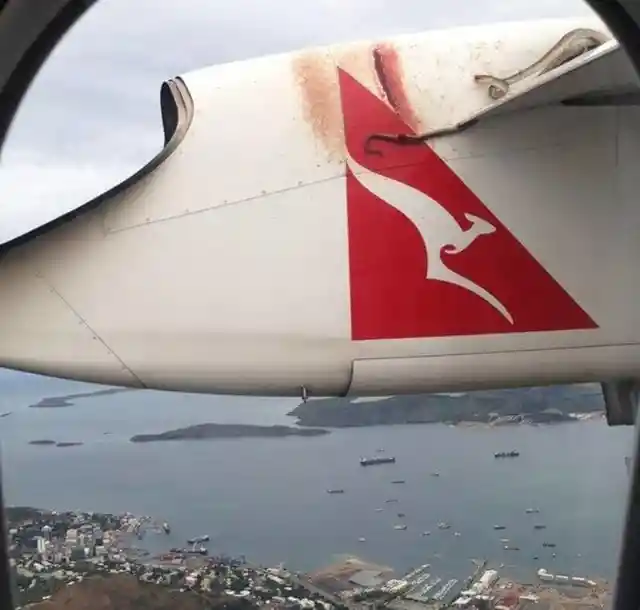
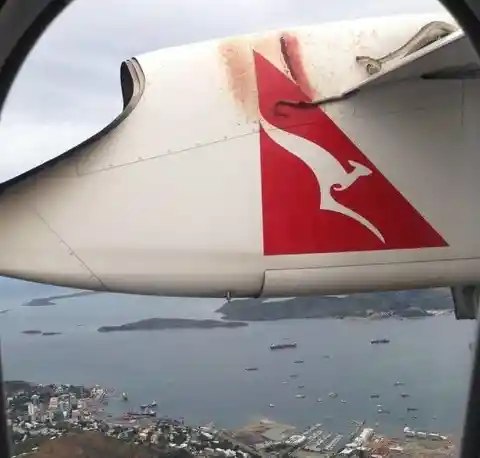
Are you thinking what I’m thinking… what if this snake falls off and lands onto an innocent bystander? It’s raining reptiles ya’ll!
Let’s take a break from the scary animals to show you some nice ones. Australian Shepherds are really no different than any other dog.
Cool looking octopus
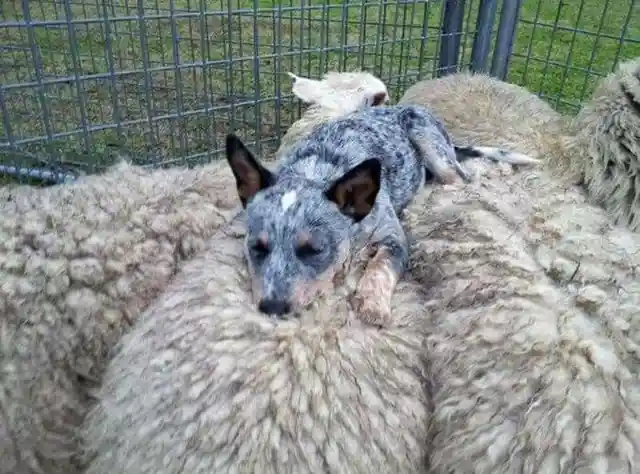
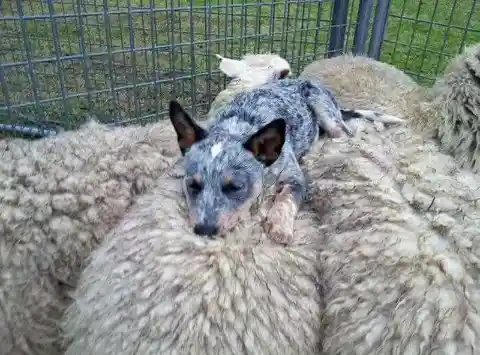
All of these animals LOVE to sleep. What’s more comfortable than resting on a sheep’s wool?
The blue-ringed octopus is quite a spectacular to behold. It looks similar to a jellyfish, only it’s not.
Blue sea slug
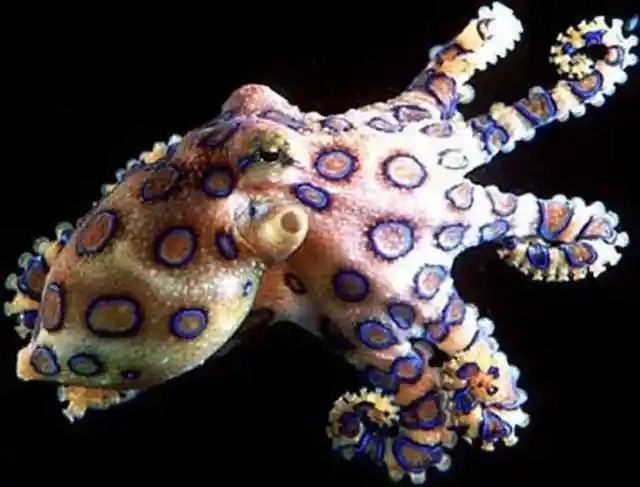
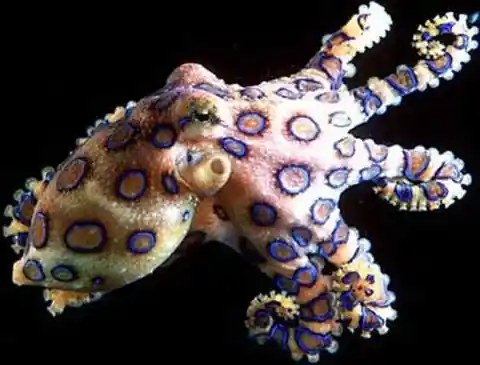
These ocean dwellers hang out in coral reefs up and down the pacific rim, from Japan down to Australia.
This blue sea slug is labeled pelagic, meaning it floats upside down using the surface tension of the water to stay up.
Cane toad
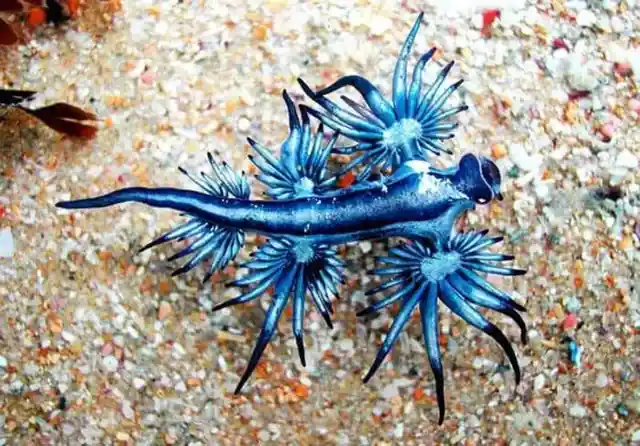
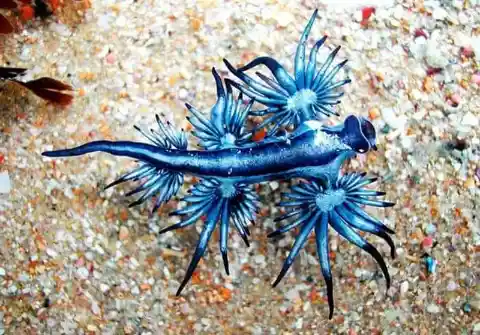
It’s other side is silver and grey, allowing it to easily blend in with the silver surface of the sea.
The cane toad, or marine toad, is poisonous due to its toxic skin.
The brolga
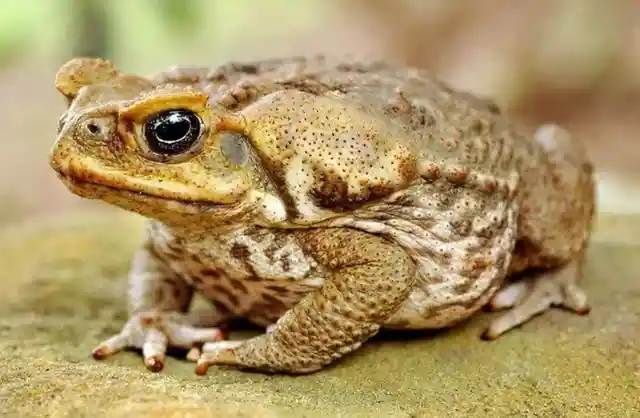
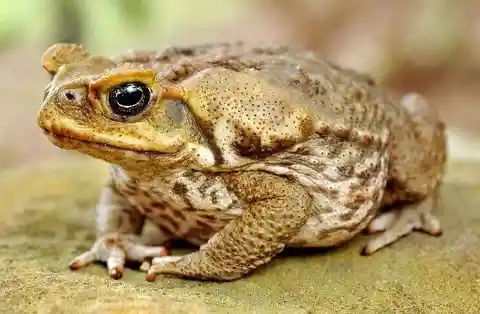
Although they are native to South and Middle America, they have been introduced to parts of Oceania and Australia.
The brolga is common in parts of south-eastern Australia and New Guinea, and is a member of the crane family. It very iconic, as the official bird emblem of the state of Queensland.
Deadly birds
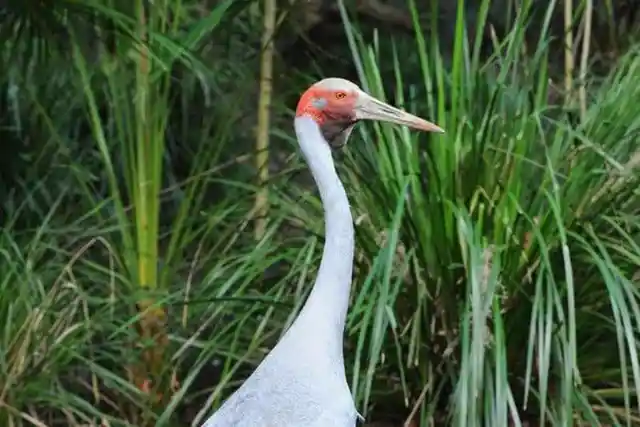
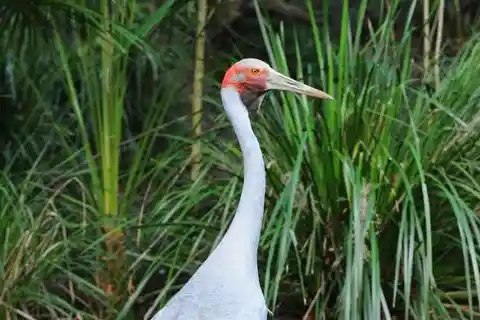
They can also be found in sanctuaries throughout the country.
These birds are aesthetically pleasing, but can be quite a menace to humans. During the spring season they emerge and attack unsuspecting people, especially those on bikes who are openly exposed to their chaos.
Deep sea angler fish
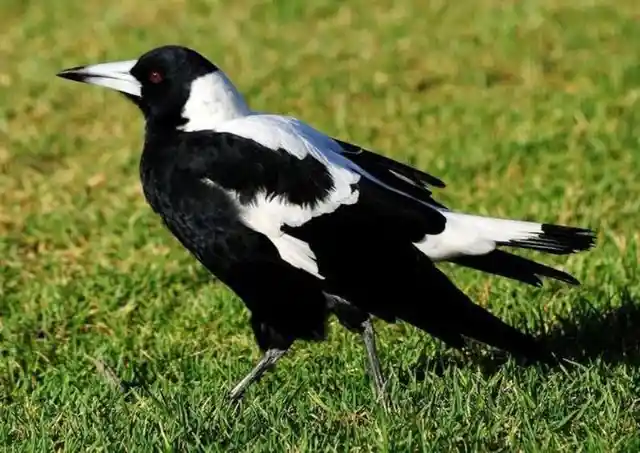
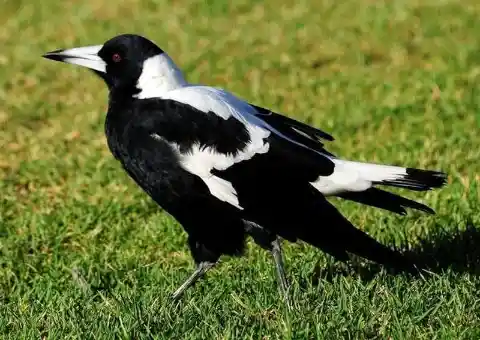
Because of this ferocity, they have become the mascot of multiple Aussie sporting teams.
The Deep Sea Angler Fish looks a bit like a boat with a light in front of it.
Dragonflies
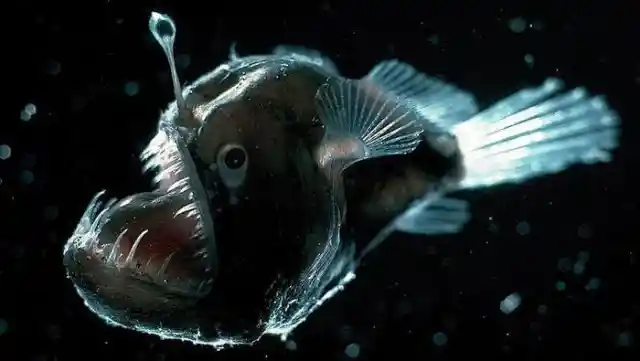
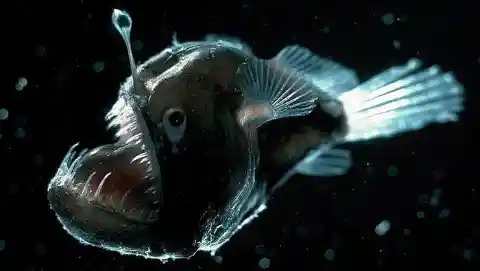
They females are generally much larger than their male counterparts, stretching to 2.53 ft long, while the males only reach 0.52 ft.
The dragonfly is characterized by its strong wings. They are known predators, who are able to migrate across oceans.
Lots of crabs
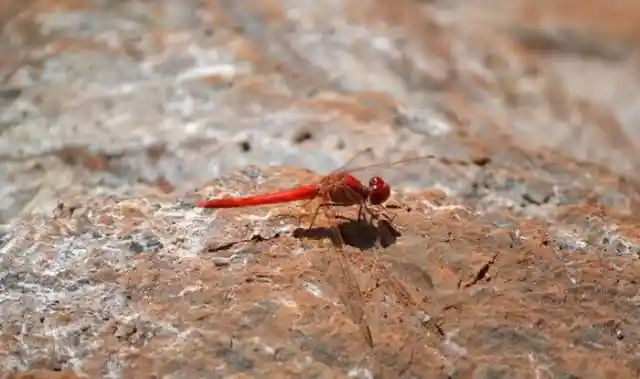
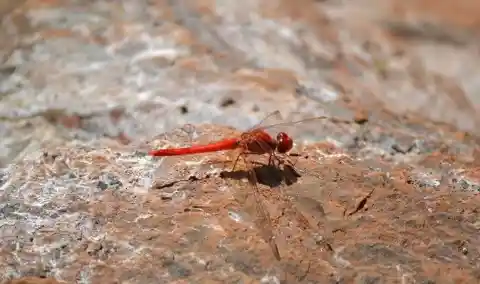
These are the prettiest of the red insects, next to ladybugs.
On Christmas Island, you will find a sea of crabs.
Wild dogs
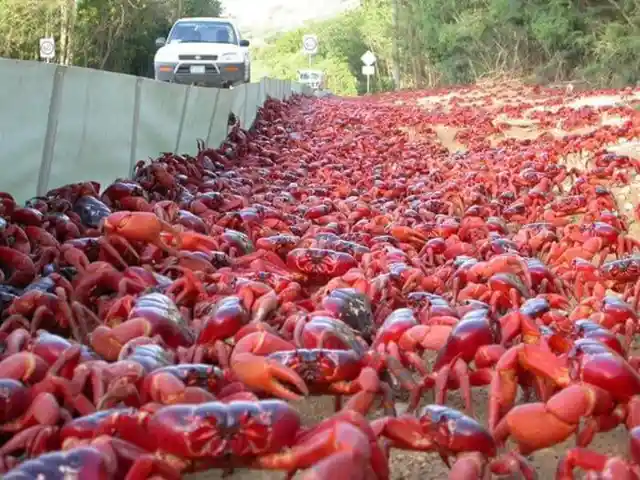
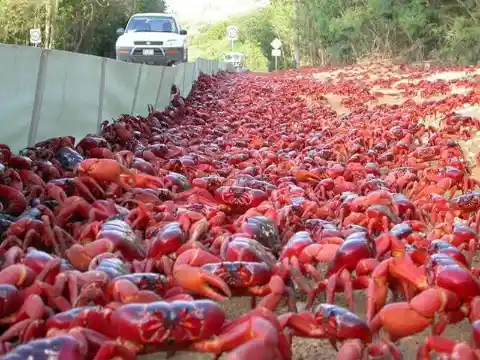
Upwards of 45 million crabs walk across the island, causing locals to have to drive really slow on the roads or just stay home and lock their doors.
Dragons
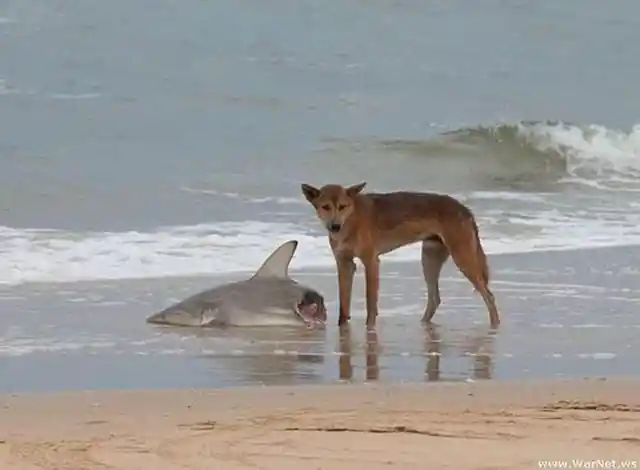
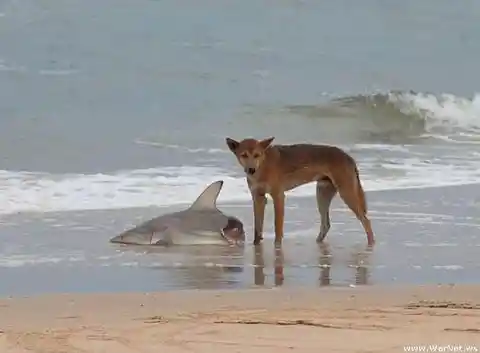
Wild dogs, or dingoes, roam all over the land down under, presiding over the remains of dead bodies as a source of dinner.
The thorny dragon is like a sharp chameleon.
Spiders eating snakes
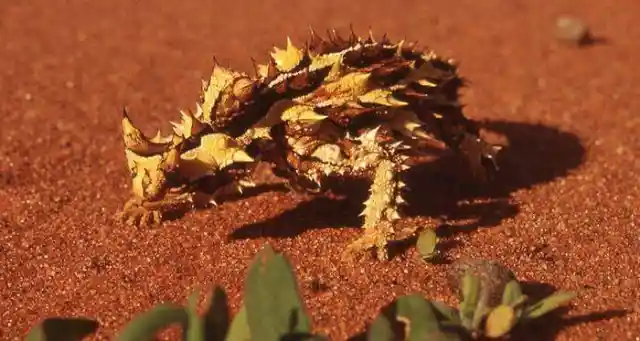
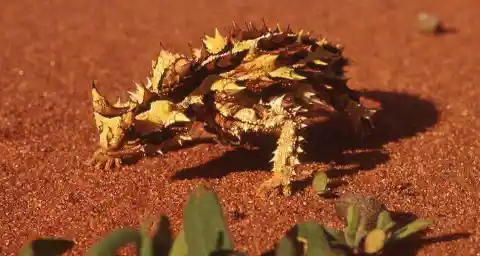
It is able to change colors between light or dark depending on the season.
This spider eating a snake is not something you’re likely to see in your American suburban town.
Sea turtles
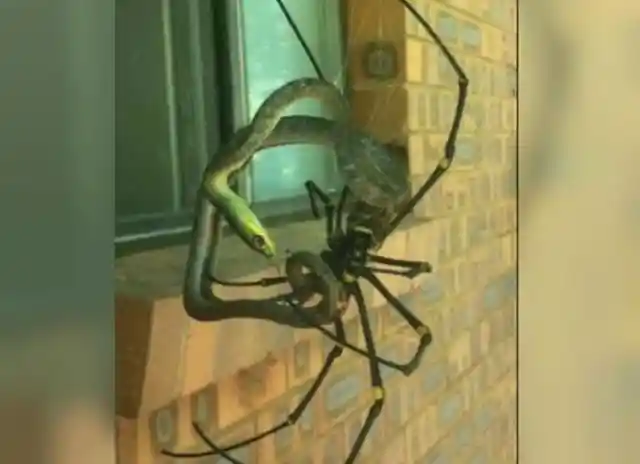
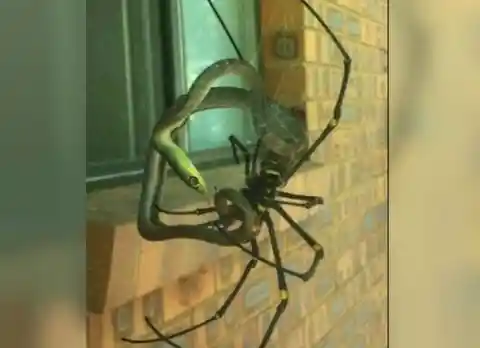
It’s something you’ll see just about anywhere in Australia.
This sea turtle is hanging out on a beach in Ningaloo Marine Park on the west coast of Australia.
Neon blue dragon
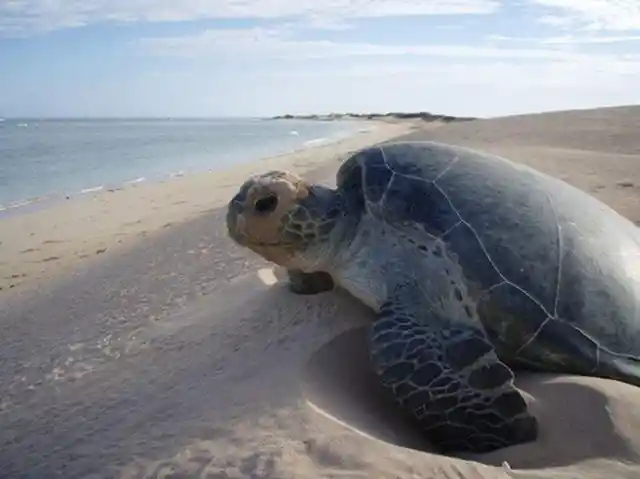
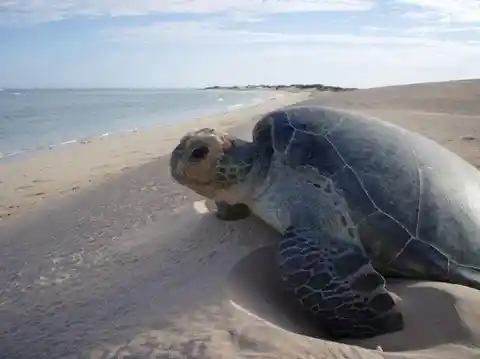
This area is a hotspot for tourists snorkeling the surrounding coral reef.
The neon blue dragon is usually found in tropical areas like in Vietnamese rainforests.
Sapphire sea slugs
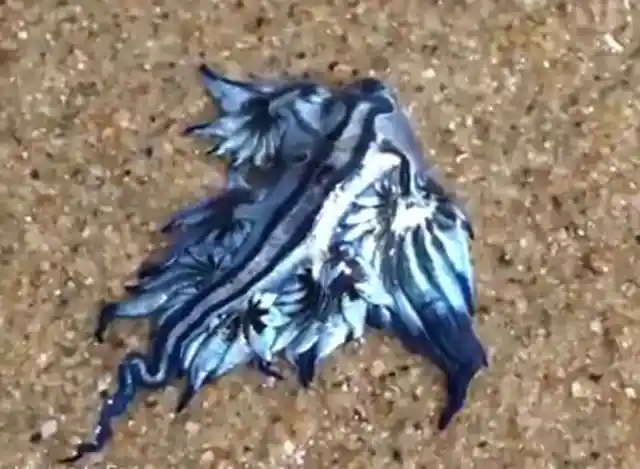
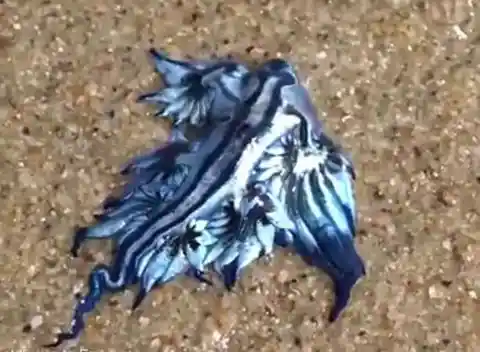
This little guy was randomly spotted on the Gold Coast of Australia.
They might be pint size, but these sapphire sea slugs look like they could be Pokemon characters.
Orange-bellied parrot
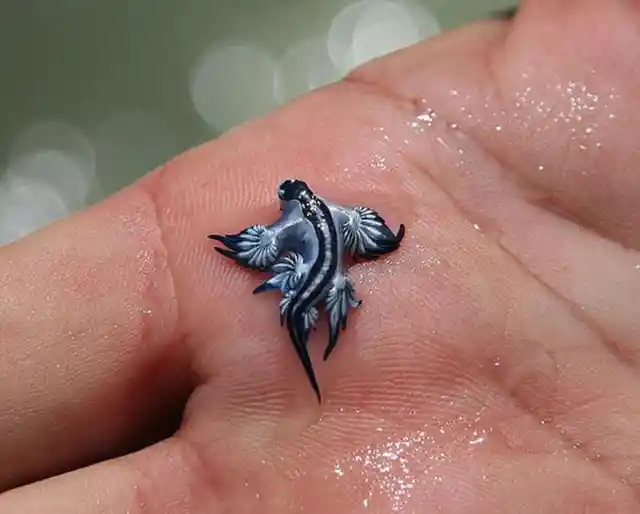
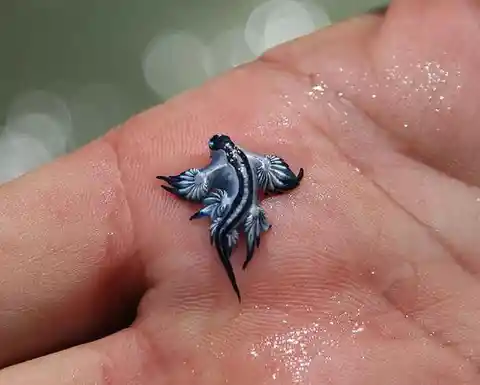
Light blue shades of color are perfectly meshed within their darker toned body.
The orange-bellied parrot is one of Australia’s more critically endangered animals.
Primates
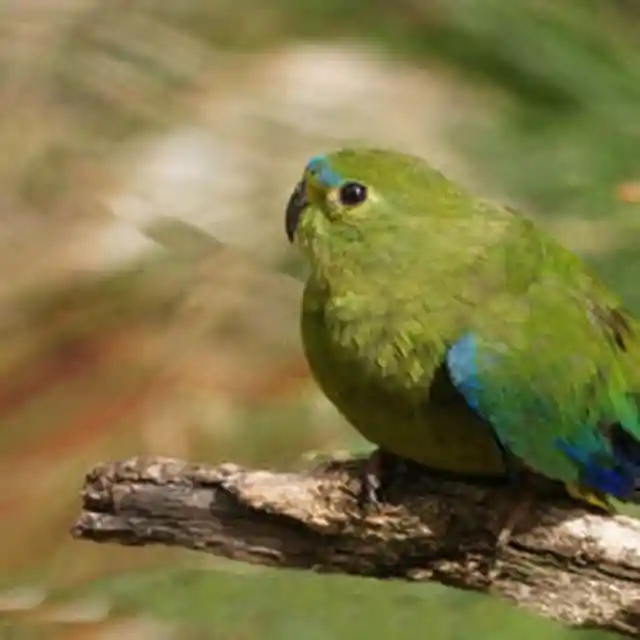
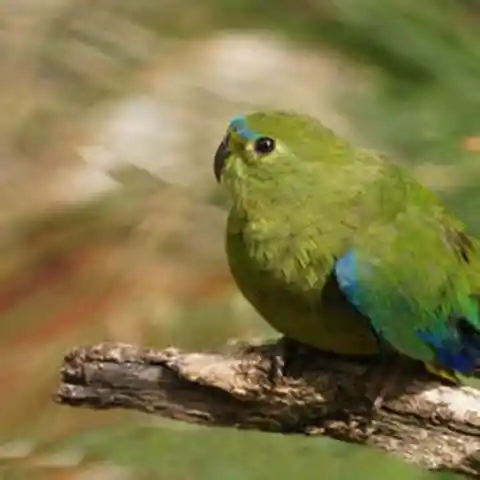
It’s stomach is a lot puffier than most parrots.
This brand of primate is found in Malaysia, Burma, and Thailand.
Lots of wild animals
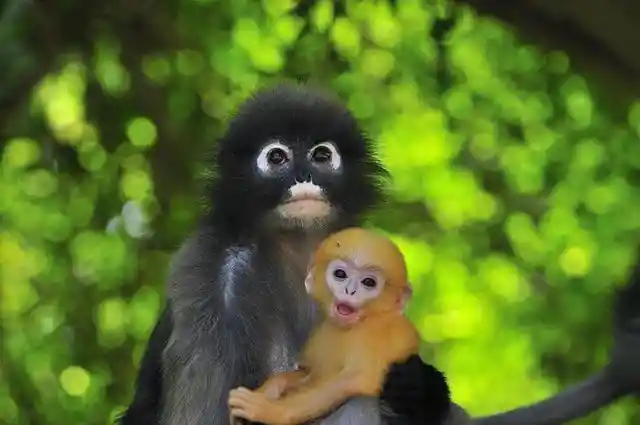
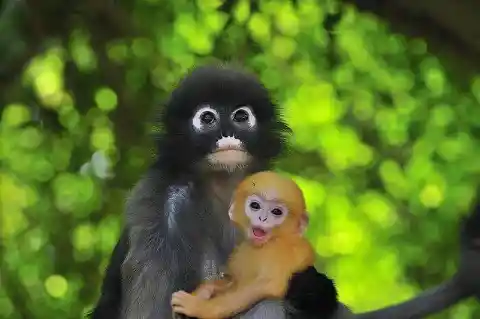
They are fairly close in proximity to Australia.
Famed animal photographer Alex Cearns took this great picture of a kangaroo in mid yell.
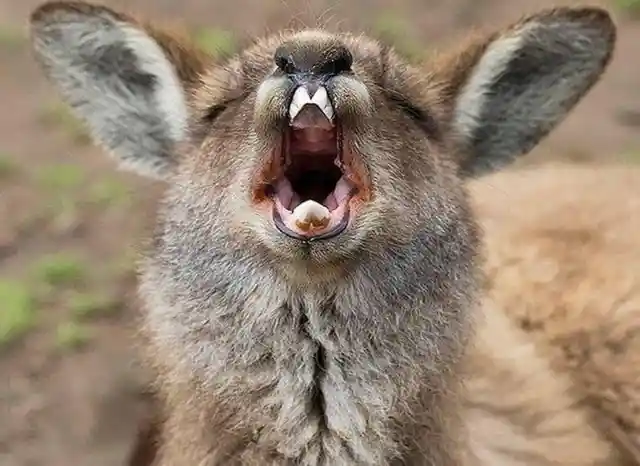
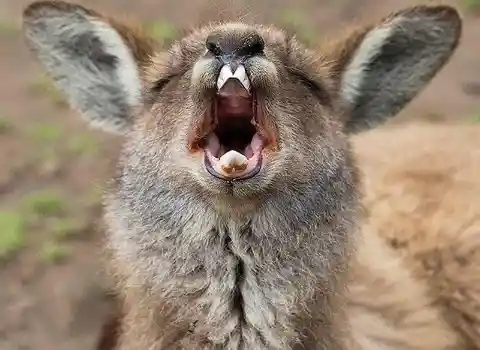
Cearns takes photos of all sorts of animals, including a great one of a smiling little wombat.